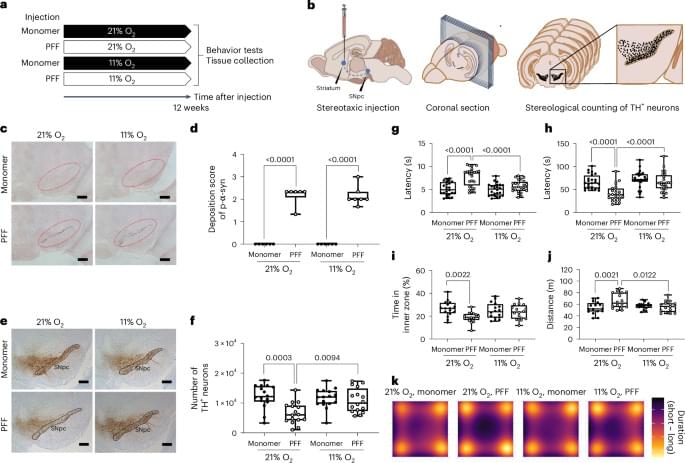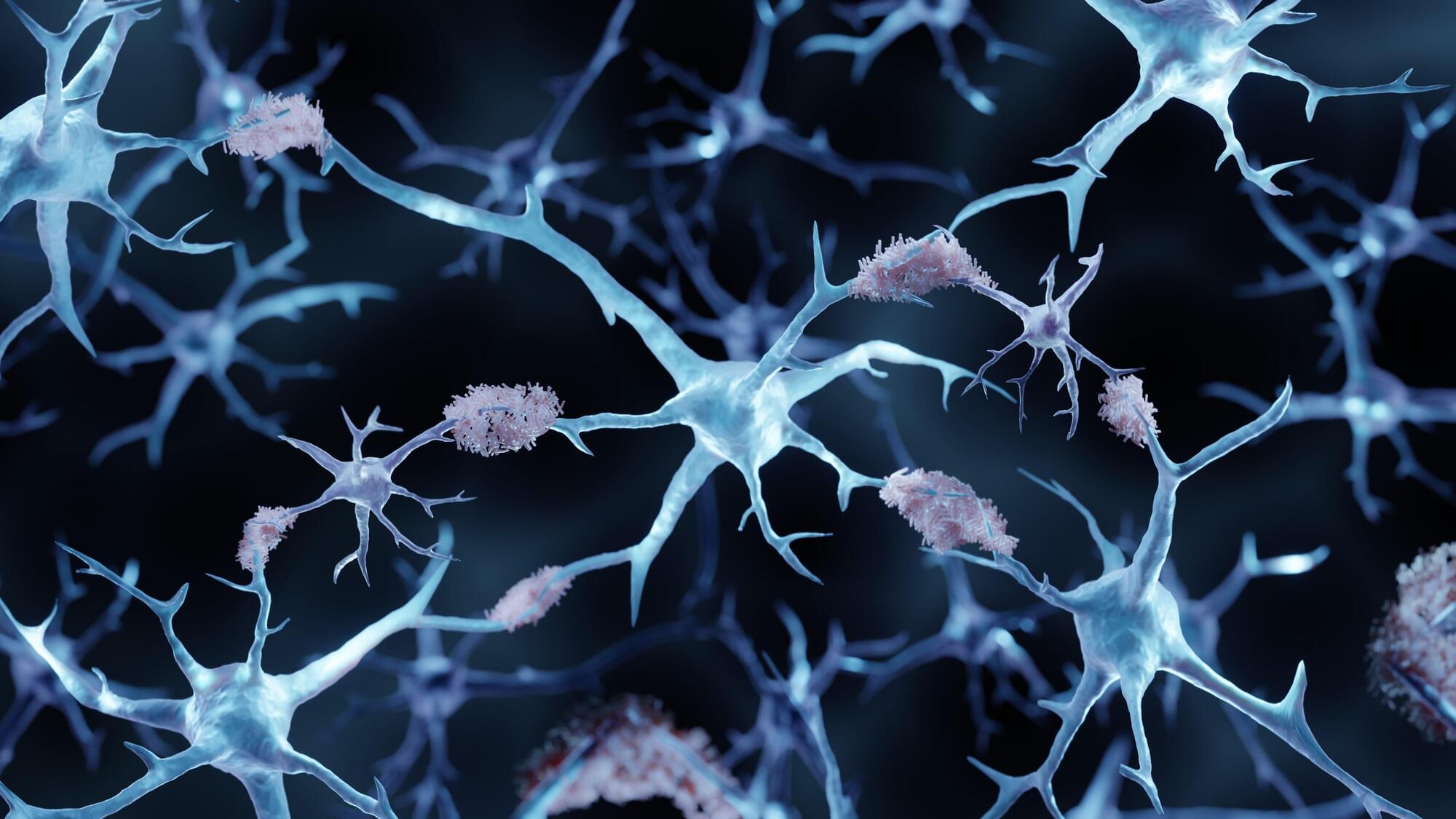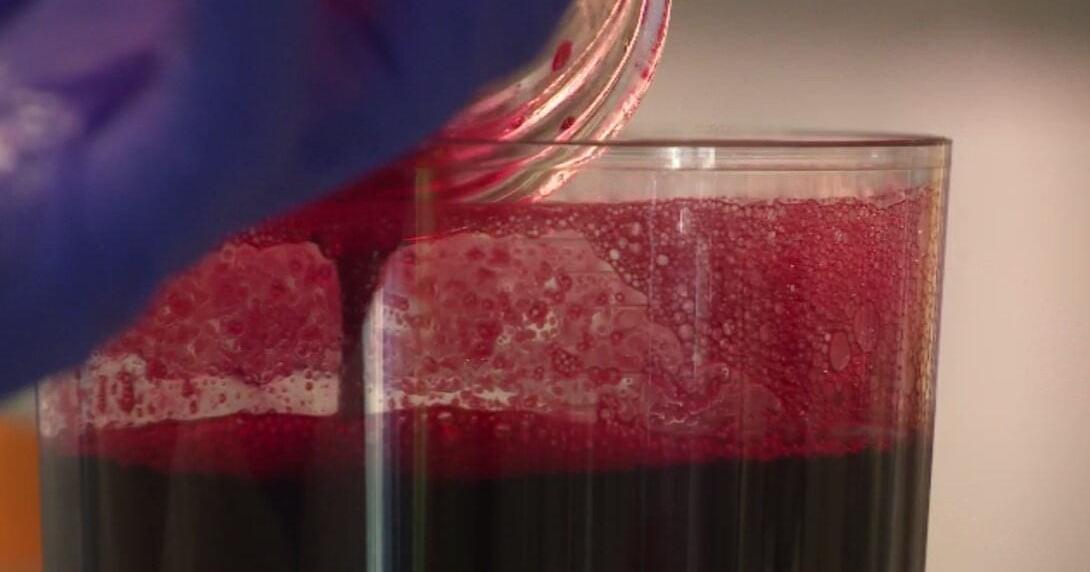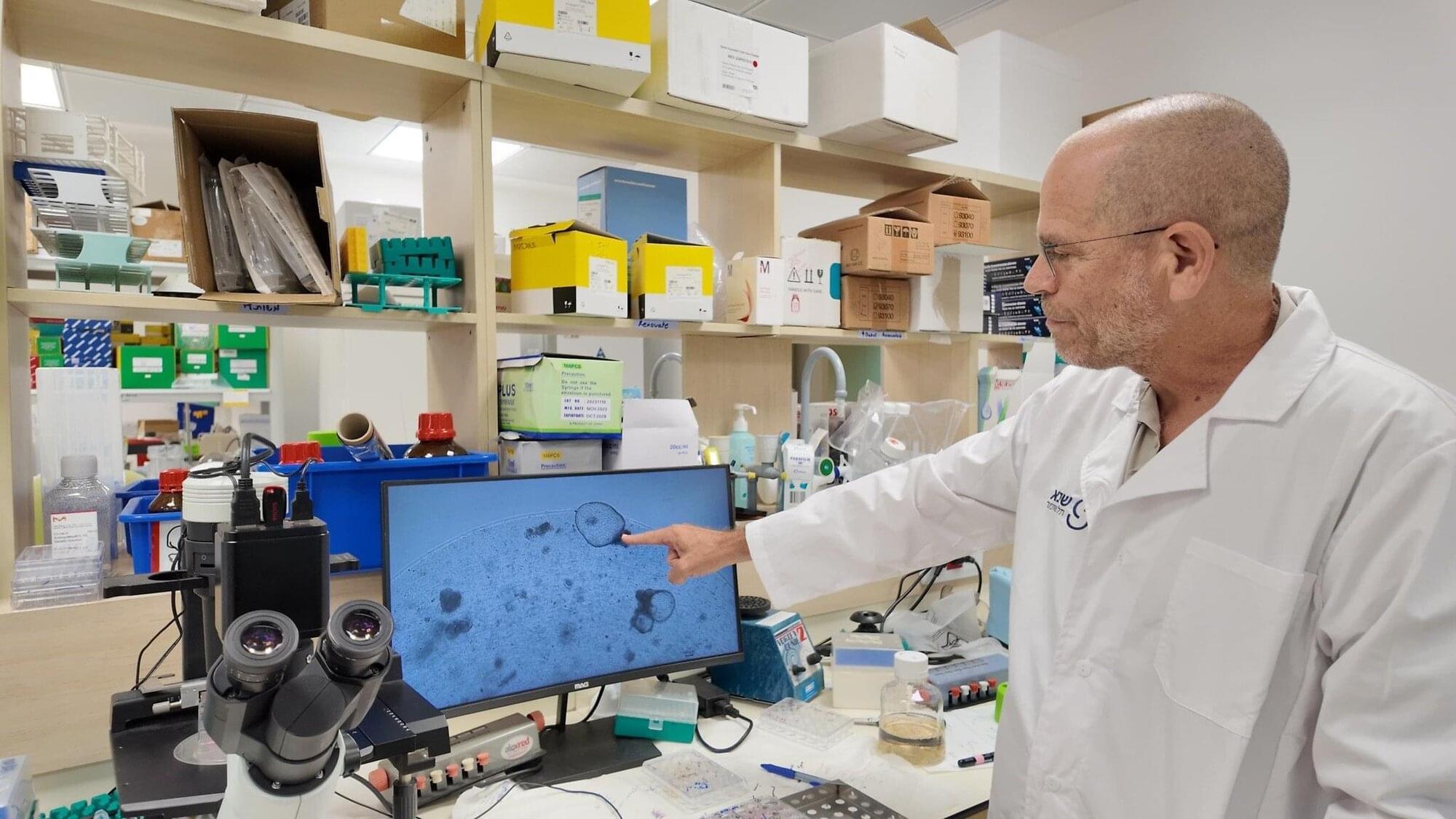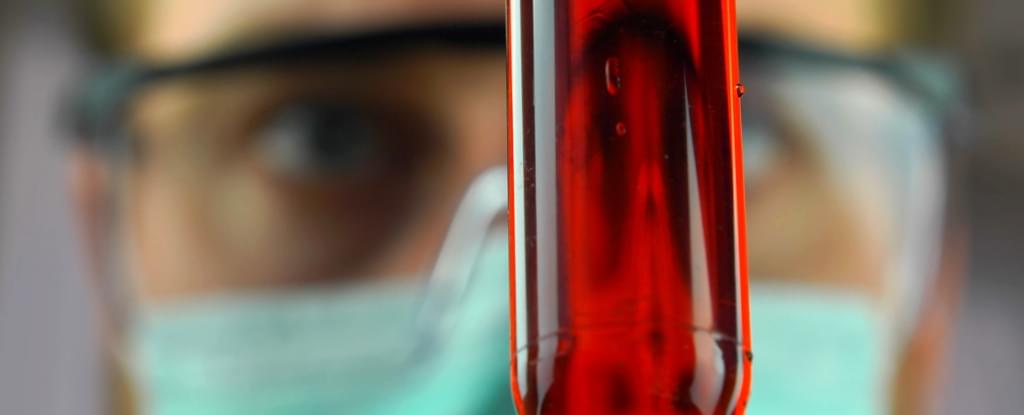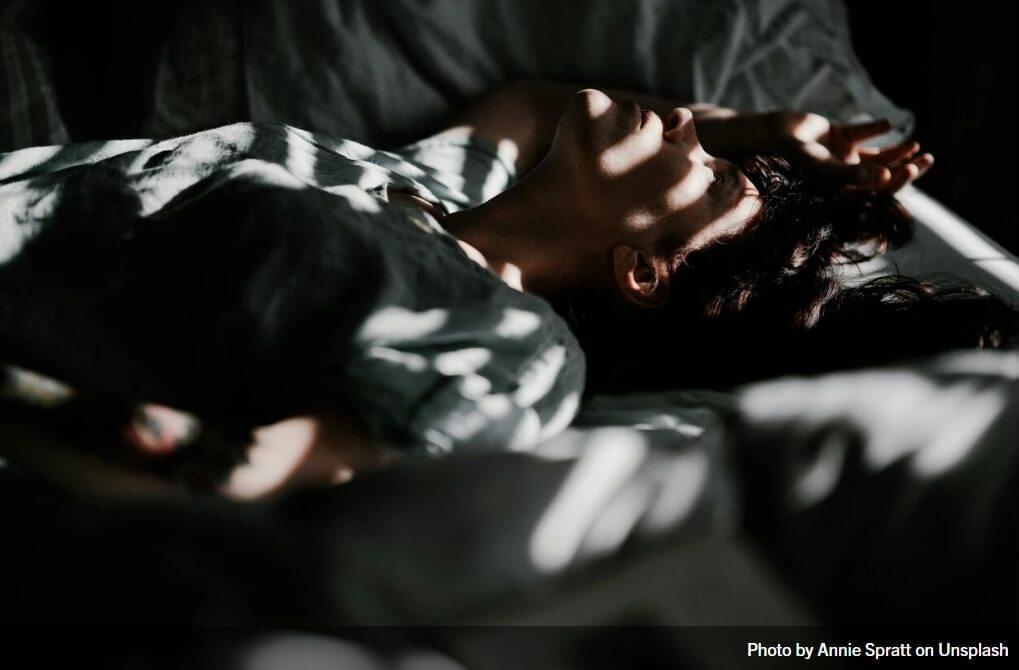Researchers studying the remains of a prehistoric woman who lived around 10,500 years ago in what is now Belgium have produced a reconstruction of her face using ancient DNA.
A team led by scientists from Ghent University found that the woman would have had blue eyes and slightly lighter skin than most other people from the Mesolithic period in Western Europe who have been analyzed to date, according to a statement from the university on Tuesday.
Isabelle De Groote, an archaeologist at Ghent University who leads the research project on Mesolithic Belgium, told CNN that the woman came from the same population group as the Cheddar Man, who lived in what is now the United Kingdom at around the same time, but had lighter skin.

